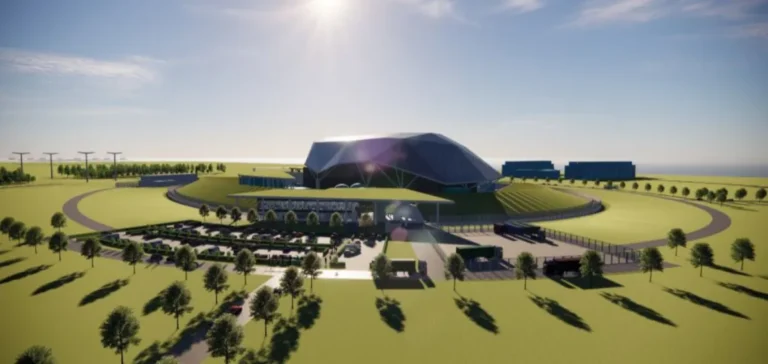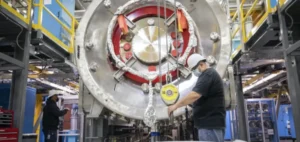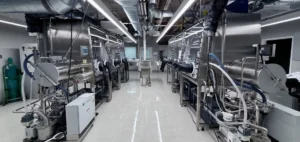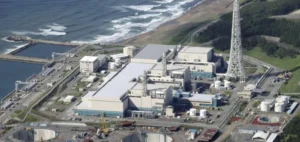The United Kingdom’s Department for Environment, Food and Rural Affairs (DEFRA) has opened a public consultation regarding the regulatory justification application submitted by the Nuclear Industry Association (NIA) for the small modular reactor (SMR) designed by Rolls-Royce. This marks the first-ever justification request for a reactor model developed in the UK.
The “justification” process is an initial regulatory step required before any new nuclear technology can be authorised in the country. The consultation will remain open until December 1. DEFRA stated that feedback should address the classification of the technology, the appropriateness of its definition as a justifiable practice, and the adequacy of the information provided to assess the balance between benefits and drawbacks.
A technology largely built in factories
The Rolls-Royce SMR is based on a pressurised water reactor with a capacity of 470 megawatts electric (MWe). Designed to deliver consistent generation for at least sixty years, it features a modular construction approach, with 90% of components manufactured under factory conditions. This design aims to limit on-site work to the assembly of prefabricated modules, significantly reducing project risks and potentially shortening build schedules.
According to the NIA, which represents the UK civil nuclear industry, the submitted application highlights the SMR’s benefits, including its ability to deliver stable and flexible electricity generation. The document also notes the inclusion of passive safety systems integrated into the design, in line with British regulatory requirements.
Towards a final decision in 2029
The project reached a major milestone in June when the Rolls-Royce SMR technology was selected as the British government’s preferred option for the country’s first SMR project. The goal is to sign contracts by the end of the year and establish a dedicated development company. The public entity Great British Energy – Nuclear, which oversees the process, is expected to allocate a site by year-end, with plans to connect projects to the grid in the 2030s.
A final investment decision is expected in 2029. If approved, the regulatory justification will be generic and applicable to any operator or developer wishing to deploy the technology in the UK. The NIA has previously submitted similar applications for other reactors, including Hitachi’s Advanced Boiling Water Reactor, Westinghouse’s AP1000, and Framatome’s EPR.






















